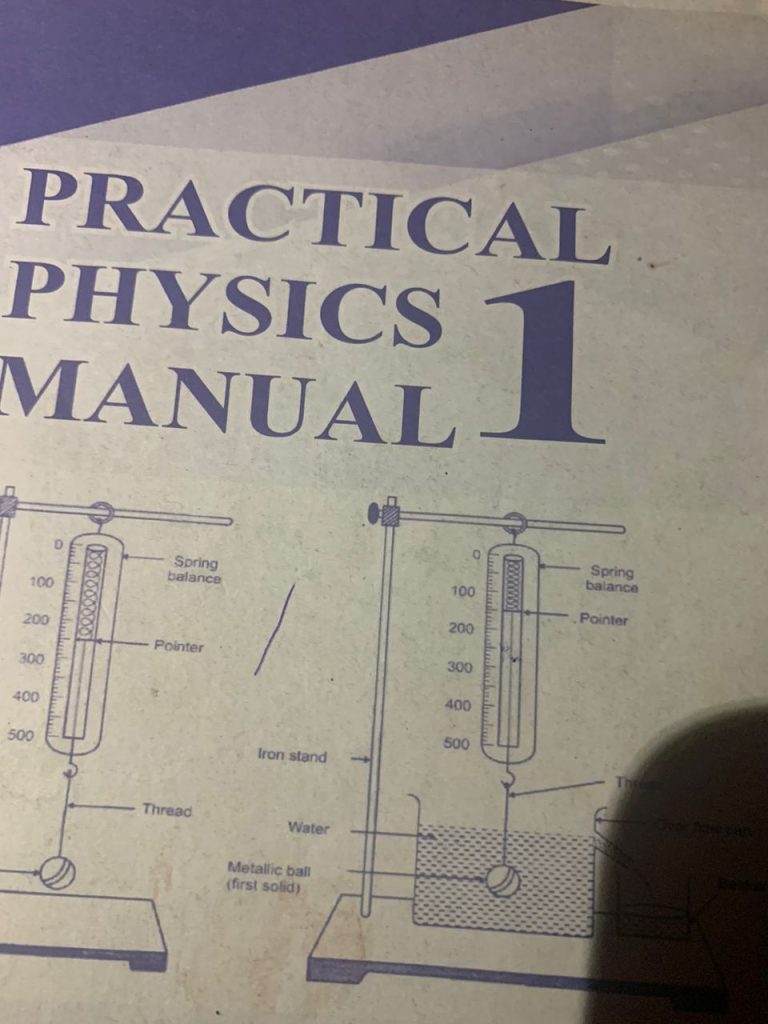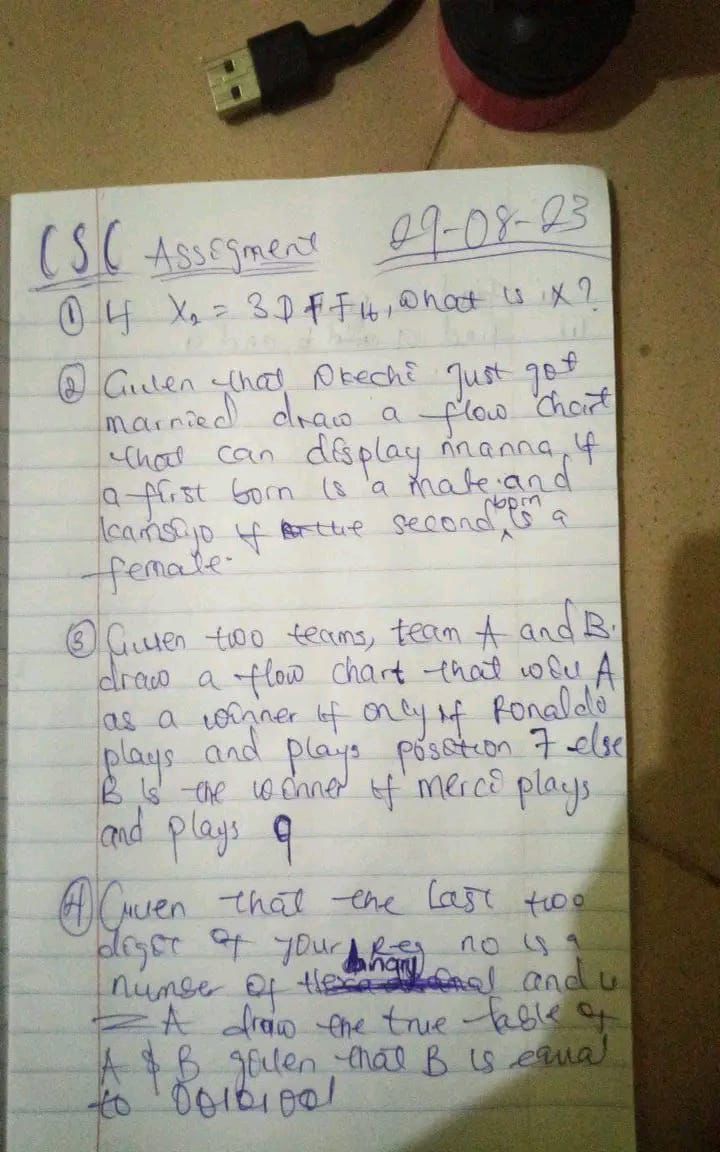HIR 105 Assignment 2 Solution 2024

HIR 105 Assignment 2: With reference to “From cooperation to conflict” review how conflict characterized civilzation.
Solution
The transition from cooperation to conflict has been a recurring theme in the historical development of civilizations. Human societies have often experienced shifts in their dynamics, oscillating between periods of cooperation and conflict. Examining this transition provides insights into the complex interplay of factors that have shaped the course of history. In this context, we can explore how conflict has characterized civilizations and influenced their trajectories.
Cooperation in Civilization:
Civilizations have thrived on cooperation, often emerging as a result of shared goals, resources, and mutual support among communities. Cooperation lays the foundation for social structures, economic systems, and cultural exchanges. In the early stages of civilization, communities collaborated for survival, engaging in activities like agriculture, trade, and collective defense.
- Economic Cooperation:
- Trade Networks: Ancient civilizations, such as those in Mesopotamia, the Indus Valley, and along the Silk Road, engaged in extensive trade networks. Cooperation in economic activities facilitated the exchange of goods, technologies, and cultural influences.
- Cultural Exchange:
- Art and Knowledge: Civilizations often flourished through the sharing of artistic expressions, scientific knowledge, and philosophical ideas. The cultural richness of societies was enhanced through cross-cultural interactions and collaboration.
- Social Cohesion:
- Community Building: Cooperation within communities contributed to social cohesion and the establishment of governance structures. Shared values and norms provided a basis for collective identity.
Factors Leading to Conflict:
Despite the benefits of cooperation, civilizations have faced various factors that have led to conflicts. These conflicts have arisen from a combination of geopolitical, economic, social, and cultural factors.
- Resource Competition:
- Land and Wealth: As civilizations expanded, competition for resources, particularly fertile land, and wealth became a source of conflict. The struggle for control over valuable territories often led to wars and conflicts.
- Power Struggles:
- Political Rivalries: The quest for power and dominance has been a recurring theme in the history of civilizations. Political rivalries and ambitions of rulers or states have fueled conflicts and wars.
- Cultural and Religious Differences:
- Identity Conflicts: Differences in culture, religion, and identity have been triggers for conflicts. Clashes between civilizations with distinct cultural or religious beliefs have often resulted in tensions and confrontations.
- Geopolitical Dynamics:
- Shifts in Alliances: Changes in geopolitical alliances and the emergence of new power centers have contributed to conflicts. Civilizations often found themselves on opposing sides due to shifting political landscapes.
Historical Examples:
- Ancient Empires:
- The conflicts between the Persian Empire and the Greek city-states highlight geopolitical rivalries and clashes of cultural identities during the classical era.
- Feudal Europe:
- Feudal Europe experienced conflicts fueled by territorial disputes, power struggles among monarchs, and religious differences, such as the Crusades.
- Colonial Era:
- The expansion of European powers and the colonization of Africa and the Americas brought about conflicts driven by economic interests, resource exploitation, and cultural clashes.
- World Wars:
- The 20th century witnessed two world wars characterized by geopolitical tensions, power struggles, and clashes between different ideologies.
Impact on Civilizations:
- Transformation and Adaptation:
- Conflict has often led to the transformation of civilizations. Wars and confrontations have prompted societies to adapt, innovate, and reorganize in response to challenges.
- Social and Economic Disruptions:
- Wars and conflicts bring about social and economic disruptions, affecting the daily lives of people. Reconstruction efforts following conflicts have shaped the trajectory of civilizations.
- Cultural Evolution:
- Cultural exchanges during conflicts, while often accompanied by tensions, have also contributed to the evolution of civilizations. The blending of diverse cultural elements has led to the emergence of new cultural forms.
- Destruction and Reconstruction:
- Conflicts have, at times, resulted in the destruction of civilizations. However, the resilience of human societies is evident in their capacity for reconstruction and revival after periods of conflict.
Contemporary Perspectives:
In the contemporary world, the transition from cooperation to conflict continues to shape global dynamics. Issues such as geopolitical rivalries, economic disparities, and cultural tensions underline the ongoing challenges faced by civilizations.
In Conclusion:
The journey from cooperation to conflict is an intricate aspect of the human experience. While cooperation forms the bedrock of civilizations, conflicts have been pivotal in shaping the course of history. Understanding the interplay between cooperation and conflict provides valuable insights into the complexities of human societies and their ability to navigate challenges, adapt, and build anew. As civilizations continue to evolve, the delicate balance between cooperation and conflict remains a central theme in the narrative of human history.







That was educative